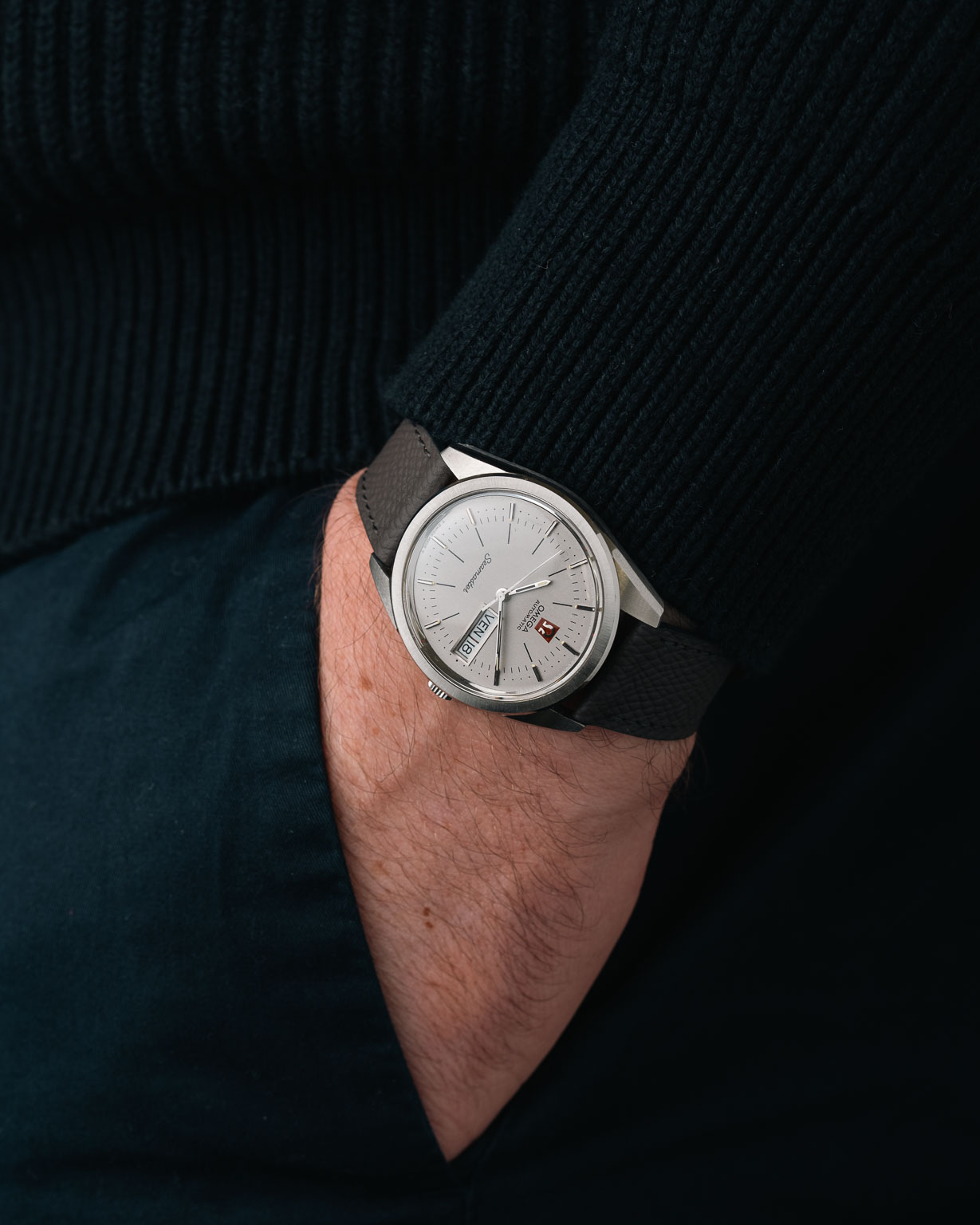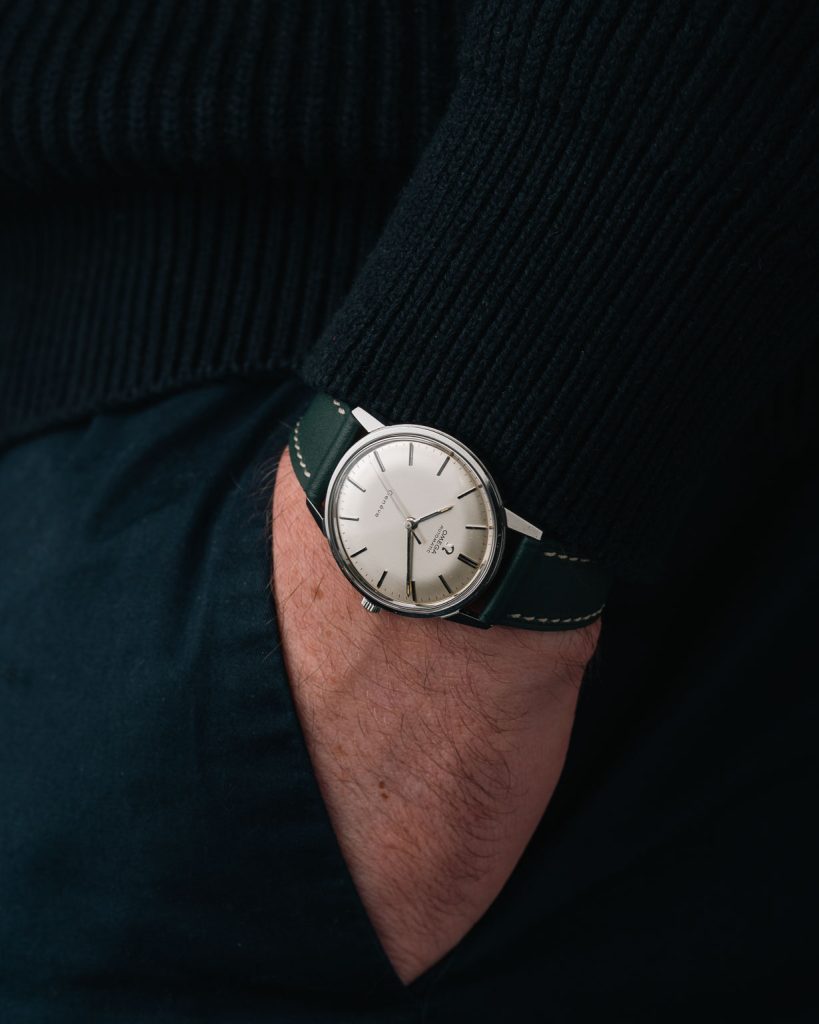Welcome to Vintage Masters, where the art of timekeeping meets the elegance of history. Today, we’re diving into the fascinating world of automatic watches. Designed for the fresh vintage watch lover, this article will unravel the complexities of your mechanical companion, ensuring you get the most out of every moment.
What is an Automatic Watch?
At the heart of every automatic watch is a marvel of engineering. Unlike their quartz counterparts, automatic watches harness the power of motion. As you move, a semi-circular rotor inside the watch swings, winding the mainspring and keeping the watch ticking. It’s a symphony of precision, where your daily activities breathe life into the timepiece.
Importance of Sufficient Mainspring Tension
To keep this symphony playing, your watch’s mainspring needs the right tension. A fully wound watch maintains accurate time; however, if the tension wanes, so does your watch’s reliability. It might lose time or pause unexpectedly. Thus, wearing your watch regularly isn’t just a style statement – it’s a functional necessity.
Achieving Full Mainspring Tension
But what if you haven’t worn your watch in a while? Simple – give it about ten gentle winds. This manual winding builds up the mainspring tension, setting you up for around 36 hours of precise timekeeping. Think of it as a morning stretch, waking your watch from its slumber.
Using a Watch Winder
For those times when your watch isn’t gracing your wrist, consider a watch winder. This handy device keeps the mainspring optimally wound, ensuring your watch is ready to go when you are. It’s not just a luxury; it’s a guardian for your timepiece.
The Slip Spring Mechanism
Fear not about over-winding. Your automatic watch comes equipped with a slip spring mechanism. This ingenious addition prevents the mainspring from being wound too tight, protecting the intricate workings of your watch.
Accuracy and Regulation
In the realm of time, precision is king. Most automatic watches boast an accuracy of -5 to +30 seconds per day. To combat the varied positions your watch endures daily, they’re often calibrated slightly fast. It’s a small concession for consistent accuracy.
Care Tip: Setting the Date and Day
A word to the wise – when setting the date or day, tread carefully. Avoid adjustments between 9 PM and 3 PM for the date, and 1 AM to 4:30 AM for the day. These are times when the watch’s internal mechanisms are in motion, and meddling could spell mischief for the gears.
Conclusion
An automatic watch from VintageMasters is more than a timekeeper; it’s a legacy on your wrist. By understanding and caring for your watch, you ensure its performance and preserve its story. Embrace the rhythm of this mechanical masterpiece, and let it echo the precision of time itself.







